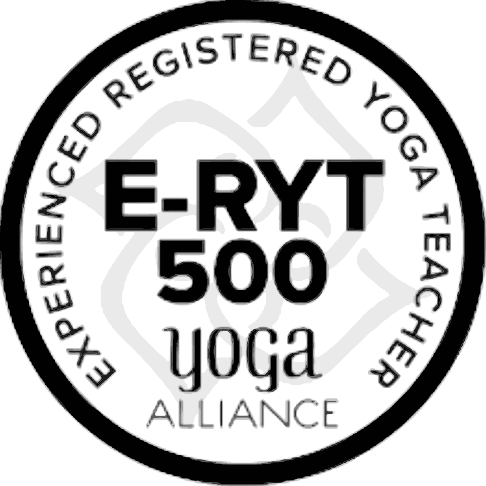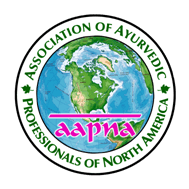Description
Duration: 45 minutes
Price: $150
Trigger Point (Myofascial) Massage*
Trigger point therapy is a form of manual therapy that focuses on on detecting and releasing trigger points. Located in the skeletal muscle, trigger points are spots that produce pain when compressed. In many cases, trigger points form as a result of trauma to the muscle fibers. A trigger point is an area of hyper-irritability within soft tissue structures. It is characterized by local tenderness and sometimes referred phenomena. These referred sensations can include pain, tingling, numbness, burning or itching. Not all trigger points refer pain, some are just localized. Each person is different depending on his or her imbalances. Localized areas of deep tenderness and increased tissue resistance often produce referred pain. The origin of the trigger point is thought to be changes in the chemical balance in a local area, irritating the sensory systems.
A trigger point is an area of hyper-irritability within soft tissue structures. It is characterized by local tenderness and sometimes referred. These referred sensations can include pain, tingling, numbness, burning or itching. Some trigger points are just localized. After locating the trigger point or points, the therapist will use several different finger techniques of varying pressure on and around the points in order to break down the build-up of the knot. Depending on the size of the trigger point, it may take several visits to the therapist in order to be assured that the entire trigger point has been deactivated.
Active Trigger Points (ATPs):
Active trigger points cause immediate pain, prevent muscles from fully lengthening, and sometimes produces weakness.
Latent Trigger Points (LTPs):
These are unnoticed by the person until pressure is applied and are not actively painful. Usually, latent trigger points feel dense and fibrous.
Characteristics and Nature of Trigger Points*:
Trigger points may be associated with a deficiency of Vitamin B6. Generally, after trauma or stressful conditions, trigger points mostly develop due to the body’s lack of B6, Magnesium, or Vitamin C. Trigger points may also develop due to underlying visceral disease, arthritic conditions, or some chronic diseases or autoimmune disorders.

Created by Michiel Akkerman.
Special Thanks to Michiel Akkerman for creating a wonderful animated video. Very informative and educational, this video is a short explanation and introduction to trigger points. Many health and pain problems, like frozen shoulder, chronic neck stiffness and migraine are related to trigger points. People can learn how to effectively treat trigger points themselves. I hope to show you in this video that trigger points are a fact, not a theory.
To learn more about all the specific trigger points and how to treat them I recommend “The Trigger Point Therapy Workbook” by Clair Davies. This book also tells about causes of trigger points and more. For more advanced information about trigger points (requires basic knowledge) I recommend the book “Myofascial Pain and Dysfunction” by Travell & Simons. Please don’t mind my foreign accent.*









